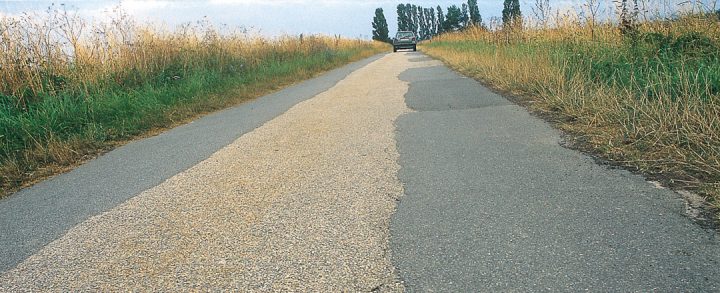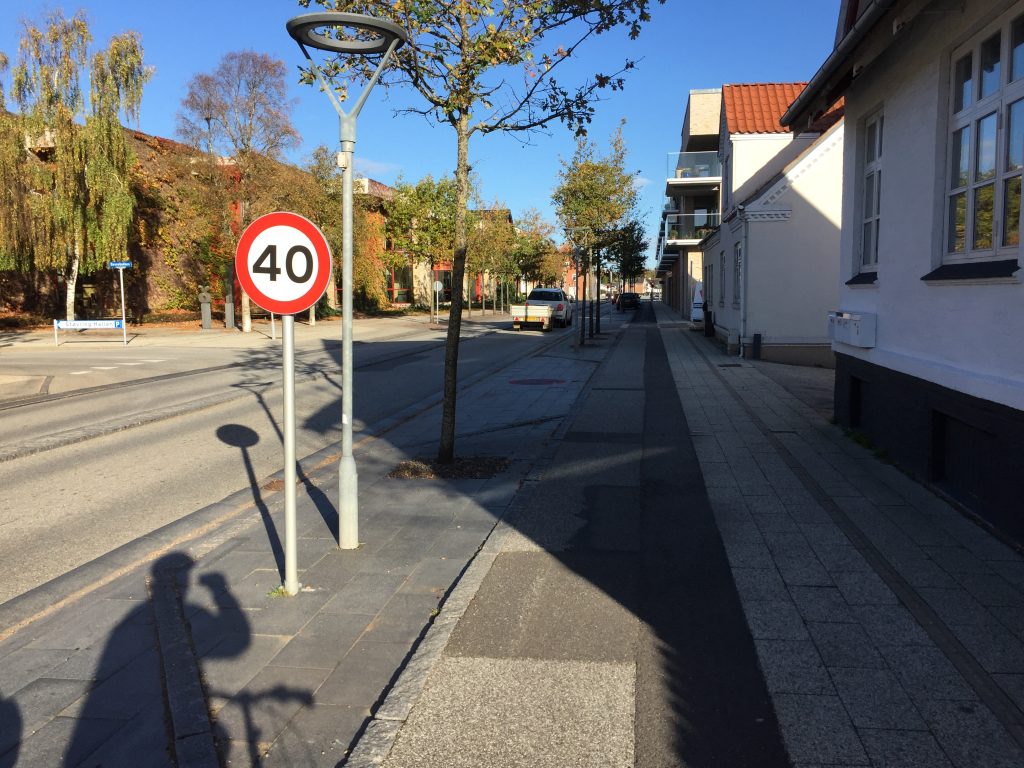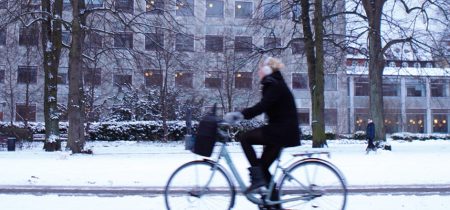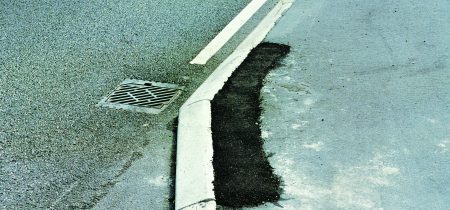Prioritizing construction and maintenance resources for cycling areas
Cyclists are sensitive to unevenness due to repairs and potholes in the cycle track wearing course. This poses a challenge to the quality of construction and maintenance of cycling areas as well as to resources, which are allocated according to technical and political considerations.
By Aros Kommunikation
Denmark is a cycling nation, and the quality of cycling areas plays a crucial role for the safety and satisfaction of the individual cyclist. Potholes and other unpleasant bumps in the road nay pose a threat to cyclist safety as the cyclist is at risk of falling. Unevenness in the asphalt may also cause long-term damage to the bicycle, particularly to tires, spokes and wheels.
Maintenance resource priorities are determined by several technical and political considerations and the balance between them. This means that maintenance of new construction will often be given lower priority. Some authorities ear mark resources for subsequent maintenance whenever resources are allocated to a construction project, thereby ensuring that new path projects will be maintained in the following years.
What causes uneven asphalt
Unevenness is primarily due to poorly executed underground cable laying, asphalt patching, ramps, sewer wells, and roots. However, frost, thaw, and salt also cause general deterioration of the road surface.
It must therefore be made clear to in-house as well as external contractors that all asphalt repairs must be carefully and correctly carried out, with no problematic edges or different levels in relation to the existing asphalt. Patching of potholes must cover the entire width of the cycle track.
Reduced use of pesticides puts higher demands on cycle track construction
The use of pesticides in public spaces in Denmark is on its way out. This increases the cost of road and path construction; weeds grow in the asphalt cracks and once the weed has taken root, the surface deteriorates more quickly. The reduced use of pesticides places greater demands on the construction and inspection of paths, and on light weight vehicles for maintenance and inspection. Weed control, cleaning by sweepers and snow ploughs, as well as snow clearance and salting often cause more wear and tear on a path than first estimated.
Road investments vs. the cyclist service level
Huge amounts of money have been invested in roadworks over the years. Most of these assets lie hidden in the base course beneath the road and bicycle track wearing course. They can only be safeguarded by the on-going maintenance or renovation of the protective wearing course as deterioration inevitably takes place.
There is a connection between the annual cost of the wearing course and the annual cost of repairs. A cut in wearing course costs means a rise in repair costs, and vice-versa. Optimal financial maintenance is achieved by minimizing the total sum of wearing course and repair costs. The ideal time to renew the wearing course is when the cost of renovating it will in the long run be lower than continuing to repair it.
Since cyclists are sensitive to unevenness, including repairs, the cycle track wearing course should have high priority. When establishing new cycle tracks, it should be considered whether a more robust base course should be established since in the long run this can reduce maintenance costs.
Source: Collection of Cycle Concepts, 2012 and Per Kristensen, head of maintenance department, Technical and Environmental Administration, Municipality of Aarhus








